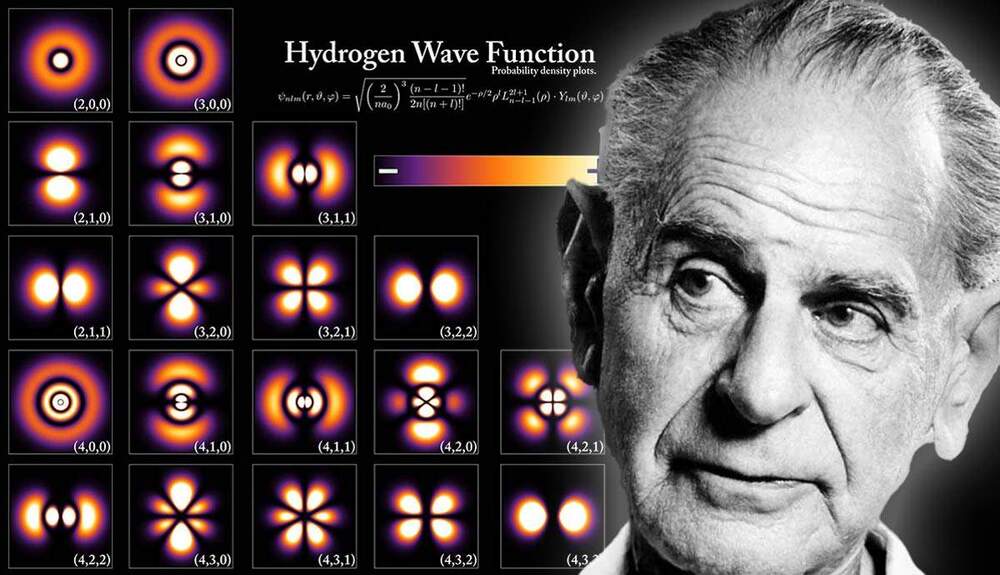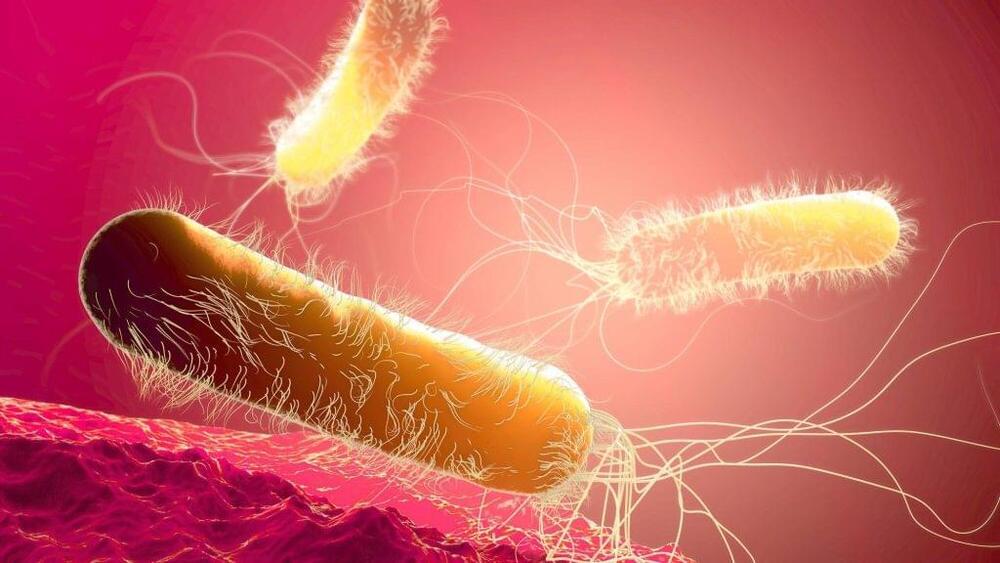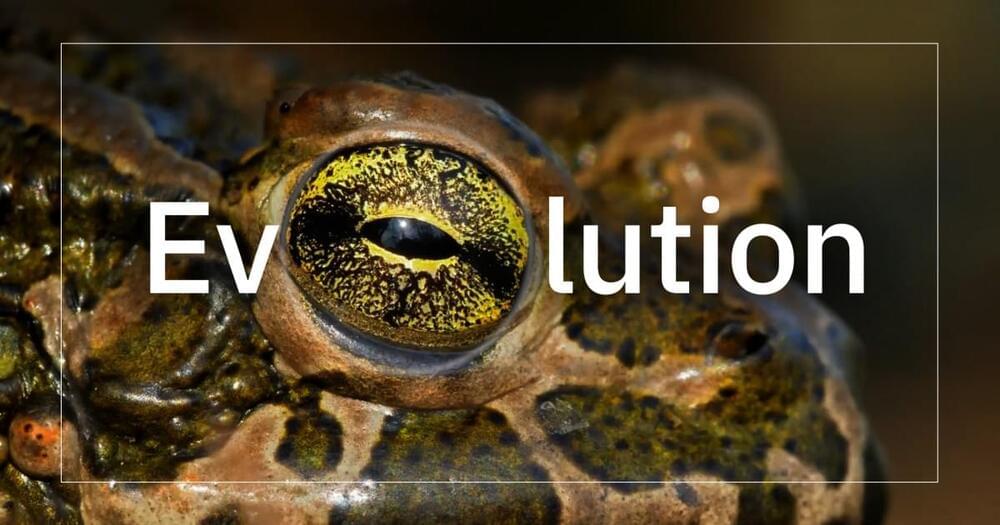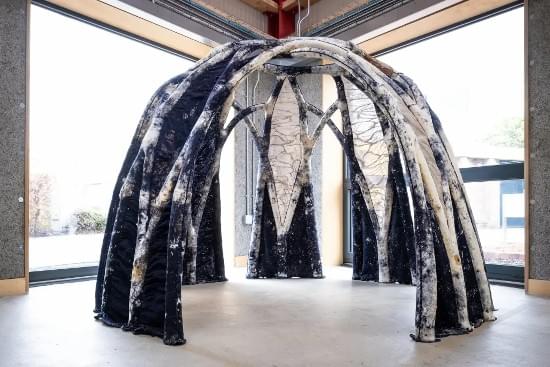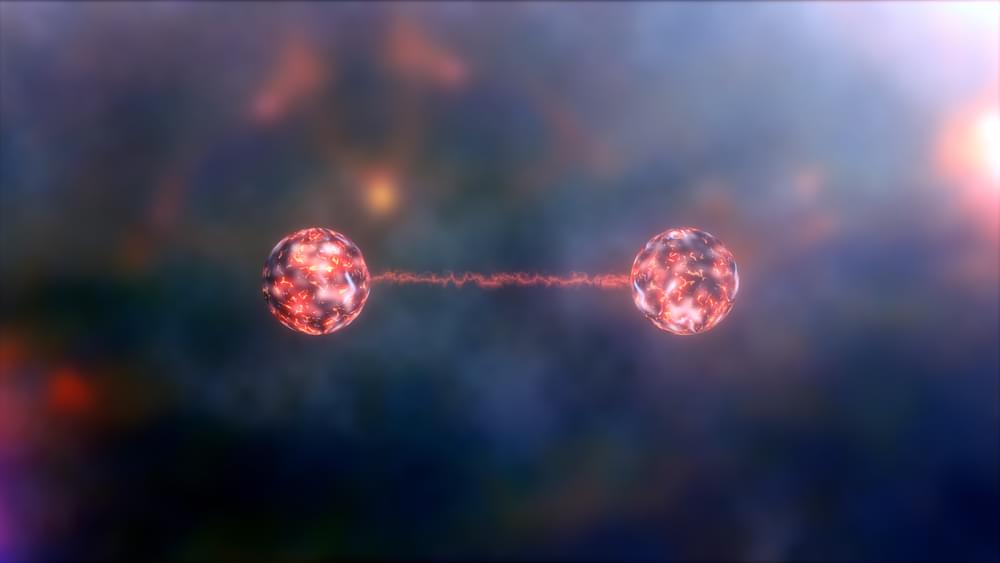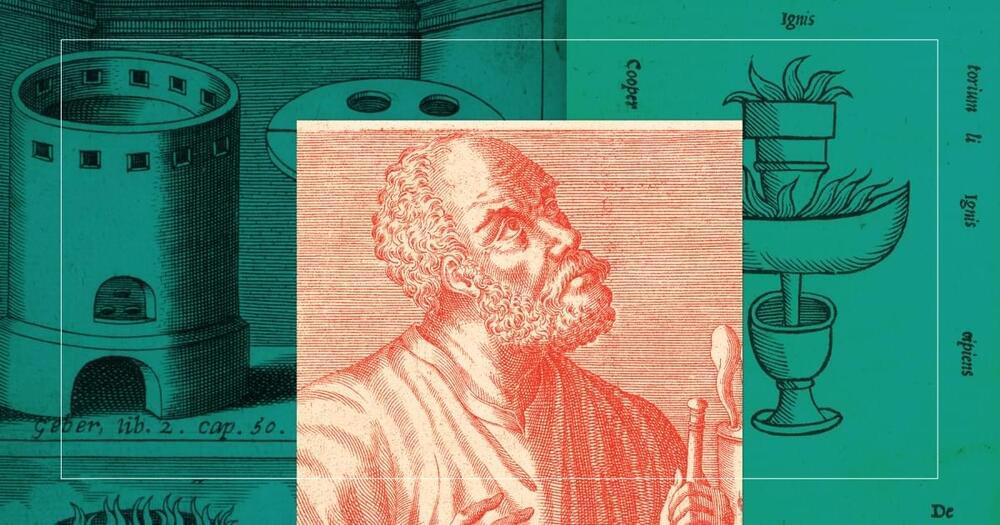In science, the simplest explanations often hold the most truth, a concept known as “Occam’s Razor.” This principle has shaped scientific thought for centuries, but when dealing with abstract ideas, how do we evaluate them?
In a new paper, philosophers from UC Santa Barbara and UC Irvine discuss how to weigh the complexity of scientific theories by comparing their underlying mathematics. They aim to characterize the amount of structure a theory has using symmetry — or the aspects of an object that remain the same when other changes are made.
After much discussion, the authors ultimately doubt that symmetry will provide the framework they need. However, they do uncover why it’s such an excellent guide for understanding structure. Their paper appears in the journal Synthese.

